 The Booklover's Library by Madeline Martin
The Booklover's Library by Madeline Martin Format: eARC
Source: supplied by publisher via Edelweiss
Formats available: hardcover, large print, paperback, ebook, audiobook
Genres: historical fiction, World War II
Pages: 416
Published by Hanover Square Press on September 3, 2024
Purchasing Info: Author's Website, Publisher's Website, Amazon, Barnes & Noble, Kobo, Bookshop.org, Better World Books
Goodreads
A heartwarming story about a mother and daughter in wartime England and the power of the books that bring them together.
In Nottingham, England, widow Emma Taylor finds herself in desperate need of a job to provide for herself and her beloved daughter, Olivia. But with the legal restrictions prohibiting widows with children from most employment opportunities, she’s left with only one option: persuading the manageress at Boots’ Booklover’s Library to take a chance on her.
When the threat of war becomes a reality, Olivia must be evacuated to the countryside. In her daughter’s absence, Emma seeks solace in the unlikely friendships she forms with her neighbors and coworkers, as well as the recommendations she provides to the library’s quirky regulars. But the job doesn’t come without its difficulties. Books are mysteriously misshelved and disappearing, and her work forces her to confront the memories of her late father and the bookstore they once owned together before a terrible accident.
As the Blitz intensifies in Nottingham and Emma fights to reunite with her daughter, she must learn to depend on her community and the power of literature more than ever to find hope in the darkest of times.
My Review:
When this story truly opens, after a heartbreaking prologue, it’s August of 1939 and the impending war is NOT the biggest problem looming on Emma Taylor’s horizon.
Her immediate worry is continuing to put food on the table – as well as continuing to have a table to put it on – for herself and her eight-year-old daughter Olivia. As a widow with a child, Emma is unemployable – regardless of her skills, her abilities, or her outright need to support herself and that child.
And her widow’s pension plus the government stipend for her daughter aren’t nearly enough to make ends meet – no matter how much Emma scrimps and saves – which she absolutely does – at every single turn.
Emma’s parents are dead, her late husband’s parents are, frankly, terrible – or at least they were the last time she saw them – and she has no options and no prospects. Not because she’s not capable but because that’s the way society wills it. (I am holding myself back from getting up on a soapbox SO HARD!)
The war is about to change all of that, but Emma doesn’t know it, yet.
Still, on a cold and rainy afternoon, a door opens for her in the person of Miss Bainbridge, the manager of Nottingham’s Boots’ Booklover’s Library. The Boots’ libraries, which really did exist, were subscription lending libraries housed within Boots’ Chemist shops around the country. They had strict educational requirements and equally strict standards for their female ‘librarians’.
Emma had the skills, after growing up in her late father’s bookshop, and Miss Bainbridge, for reasons of her own, bent the rules. Rules that began going by the wayside not long after, as Britain declared war on Germany after its invasion of Poland.
In the midst of what later became known as the “Phoney War”, the parents in cities that were determined to be targets for German bombers shipped their children out to the hopefully safer countryside. Nottingham was chock full of factories that either had been or would be converted to war production.
Olivia, like so many children, was sent – or evacuated as it was referred to – turning the white lie of Emma being alone into a lonely truth. A truth that, even as it broke her heart a bit, forced her into relying on her fellow librarians for companionship and friendship and opened up her world and her place in it, if only to get herself away from a flat that was empty, quiet and much, much too clean.
The Booklover’s Library becomes a story on three levels. On the first level, there’s Emma, her work and her life on the homefront as the Blitz bombards Nottingham as well as other industrial centers. On the second, there’s Olivia’s own story, an independent adventure she feels forced to take as hers becomes one of the placements that does not work out – at all. And over all of that, there’s the story of the power of literature to build community – and to help people find a light in even the darkest of places.
And if that last piece of the story reminds readers of The Last Bookshop in London, it’s only right that it should. Both The Booklover’s Library and The Last Bookshop in London are from the same talented pen, and both tell charming and heartwarming stories centered on the early days of that terrible war.
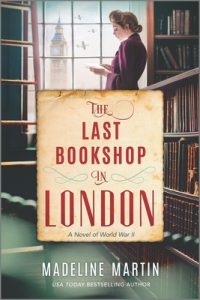 Escape Rating B: I picked up The Booklover’s Library because I was fascinated by the concept AND because I enjoyed the author’s earlier book, The Last Bookshop in London. (Which is absolutely a readalike for this book and vice versa!)
Escape Rating B: I picked up The Booklover’s Library because I was fascinated by the concept AND because I enjoyed the author’s earlier book, The Last Bookshop in London. (Which is absolutely a readalike for this book and vice versa!)
That both stories are grounded in surprising bits of real history made them that much more captivating. In this story, it’s the existence of the Boots’ Booklover’s Libraries, which existed until 1966! What’s notable about the Boots’ libraries is that they provided popular fiction – even salacious fiction – to their middle-class subscribers.
(The debate about popular vs. improving literature in public libraries has been loud, vociferous, and contentious in both the UK and the US and is STILL ongoing.)
As a librarian, I found the portrait of the Boots’ library, how it worked and how its ‘librarians’ were trained to be utterly fascinating, while the friendship, camaraderie and support that developed among the women working there – particularly under wartime conditions – is sure to charm the heart of ANY reader.
The story of the evacuations, told from both the perspective of Emma who misses her daughter but wants her safe, and Olivia who has found that safety from bombing is not nearly enough, provides a perspective that adds to the depth of the story. (This was not my favorite part of the story, but it was an important part nonetheless.)
Like The Last Bookshop in London, the story of The Booklover’s Library does not go into the details of Emma’s and Olivia’s experiences through the whole war. It doesn’t need to. It ends at the point where their personal crises have been resolved even though the war has several years to run. The icing on this cake – even if sugar is rationed – is that Emma has her chance at a Happy Ever After. The rest of their war will be following that admonition to ‘Keep Calm and Carry On’, but in much happier circumstances in spite of the war. And together.
But the reader needs to know that Emma, Olivia and their friends and loved ones made it out okay. Which we do get in a sparkling epilogue. A fitting ending to a lovely read.


 The Comfort of Ghosts (Maisie Dobbs, #18) by
The Comfort of Ghosts (Maisie Dobbs, #18) by 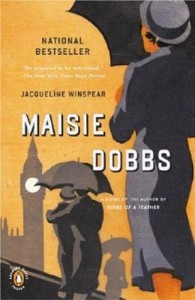 As seems fitting for this final book in the Maisie Dobbs series, A Comfort of Ghosts begins with an ending. One of the towering – literally as he was quite tall – secondary figures in this long-running series, Lord Julian Compton, originally Maisie’s employer, once-upon-a-time her father-in-law, later and last her friend, has died, Leaving Maisie to mourn, to comfort his widow, to be the executor of his estate and to clean up his last act in the late war.
As seems fitting for this final book in the Maisie Dobbs series, A Comfort of Ghosts begins with an ending. One of the towering – literally as he was quite tall – secondary figures in this long-running series, Lord Julian Compton, originally Maisie’s employer, once-upon-a-time her father-in-law, later and last her friend, has died, Leaving Maisie to mourn, to comfort his widow, to be the executor of his estate and to clean up his last act in the late war.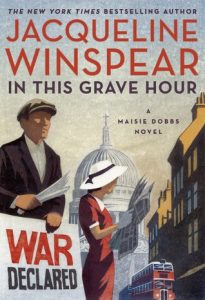 Escape Rating A-: This story closes all the circles that were opened back in the very first book in this series, the titular
Escape Rating A-: This story closes all the circles that were opened back in the very first book in this series, the titular  For those, like this reader, who have gotten to know Maisie over the years and books, this story is a bittersweet delight. It also feels right that Maisie leave the stage at this historical juncture, as the world she knew is not the world that is to come – as we know and as hints are shown in the story.
For those, like this reader, who have gotten to know Maisie over the years and books, this story is a bittersweet delight. It also feels right that Maisie leave the stage at this historical juncture, as the world she knew is not the world that is to come – as we know and as hints are shown in the story.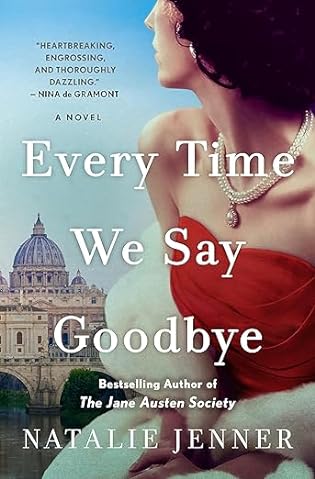 Every Time We Say Goodbye (Jane Austen Society, #3) by
Every Time We Say Goodbye (Jane Austen Society, #3) by  I picked this up because I loved the author’s earlier book,
I picked this up because I loved the author’s earlier book,  Escape Rating B: Before I get to the story of the book, I absolutely need to say something about the audiobook. Specifically, that the audiobook is excellent. The reader, Juliet Aubrey, was a perfect choice and she made the whole thing better and carried me through even at points where I wondered how the parts of the story connected to each other because she was just awesome.
Escape Rating B: Before I get to the story of the book, I absolutely need to say something about the audiobook. Specifically, that the audiobook is excellent. The reader, Juliet Aubrey, was a perfect choice and she made the whole thing better and carried me through even at points where I wondered how the parts of the story connected to each other because she was just awesome. .
.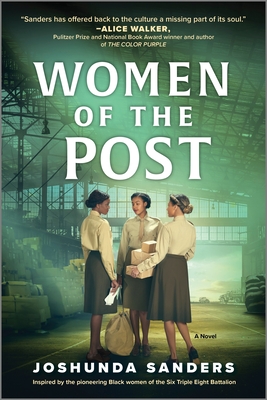 Women of the Post by
Women of the Post by 
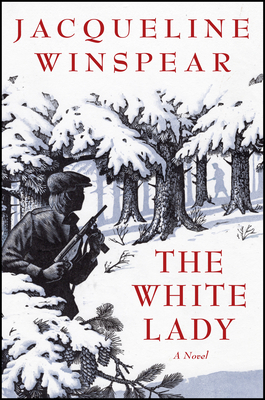 The White Lady by
The White Lady by 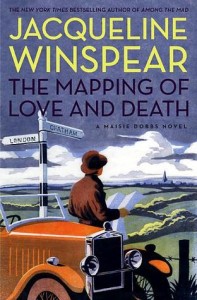 For the past several years of her cases (since
For the past several years of her cases (since 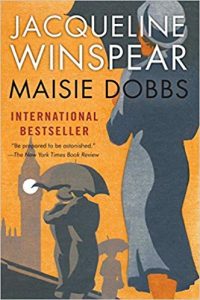 Escape Rating B: I ended this book with a LOT more mixed feelings than I expected going into it. I enjoy the
Escape Rating B: I ended this book with a LOT more mixed feelings than I expected going into it. I enjoy the 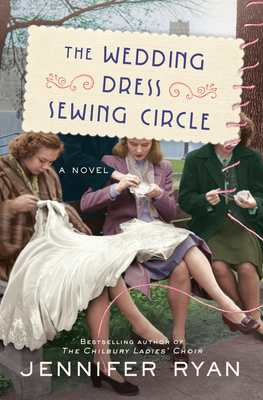 The Wedding Dress Sewing Circle by
The Wedding Dress Sewing Circle by 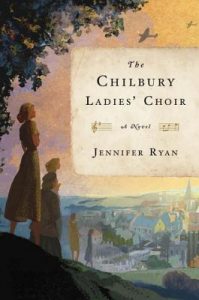 Escape Rating A: I was looking for, not exactly a comfort read as most of my comfort reads start with murder, but rather a comfortable read for the end of this week. It’s kind of surprising that led me to World War II, not exactly a comfortable time for ANYONE, but this actually fit the bill quite nicely. I adored one of the author’s previous books,
Escape Rating A: I was looking for, not exactly a comfort read as most of my comfort reads start with murder, but rather a comfortable read for the end of this week. It’s kind of surprising that led me to World War II, not exactly a comfortable time for ANYONE, but this actually fit the bill quite nicely. I adored one of the author’s previous books, 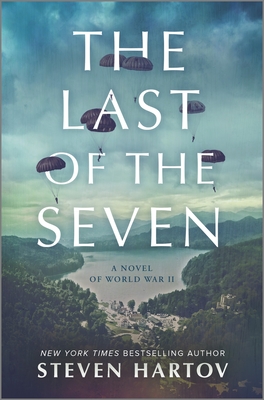 The Last of the Seven: A Novel of World War II by
The Last of the Seven: A Novel of World War II by 
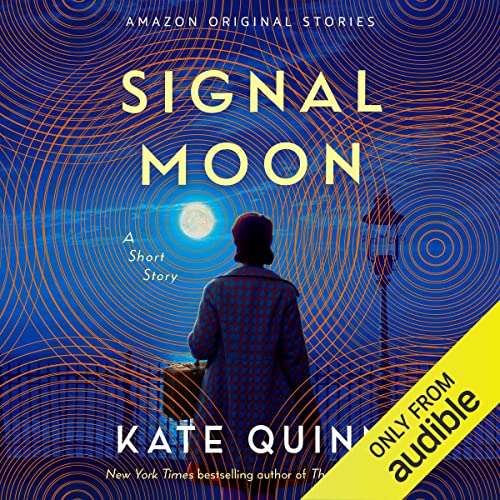 Signal Moon: A Short Story by
Signal Moon: A Short Story by 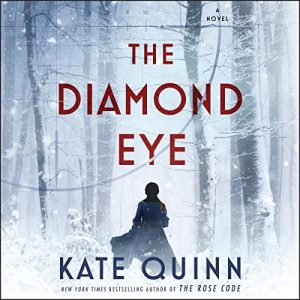 While Matt’s more frank and frequently profane dialog, along with the desperation of his own internal monologue, gives the reader or listener a clear portrait of who he is and what drove him to become the person – and the officer – that he is on the brink of what could be – briefly – his very own war.
While Matt’s more frank and frequently profane dialog, along with the desperation of his own internal monologue, gives the reader or listener a clear portrait of who he is and what drove him to become the person – and the officer – that he is on the brink of what could be – briefly – his very own war.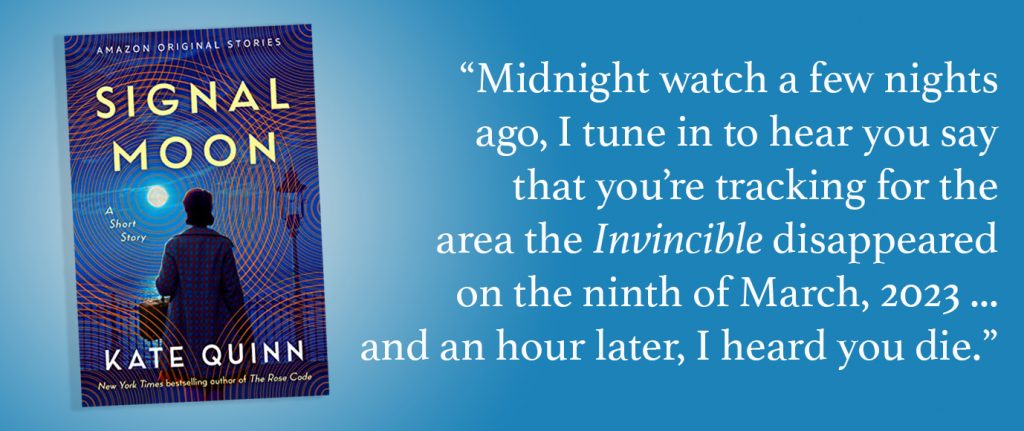
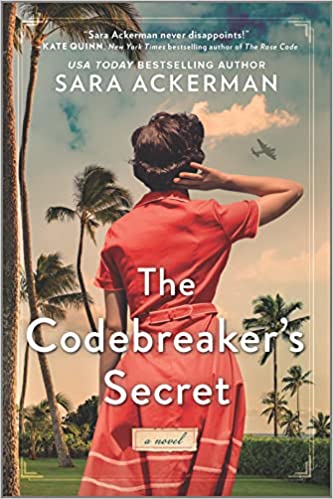 The Codebreaker's Secret by
The Codebreaker's Secret by  Like the author’s previous work, The Codebreaker’s Secret is primarily set in the author’s home state, Hawai’i, during World War II. And like her other books, this one mixes a touch of romance with a story about both brave and nefarious wartime deeds on a homefront that experienced the war just a bit differently – and considerably closer to home – than did the mainland.
Like the author’s previous work, The Codebreaker’s Secret is primarily set in the author’s home state, Hawai’i, during World War II. And like her other books, this one mixes a touch of romance with a story about both brave and nefarious wartime deeds on a homefront that experienced the war just a bit differently – and considerably closer to home – than did the mainland. Escape Rating A: This is my third book by Sara Ackerman (after
Escape Rating A: This is my third book by Sara Ackerman (after 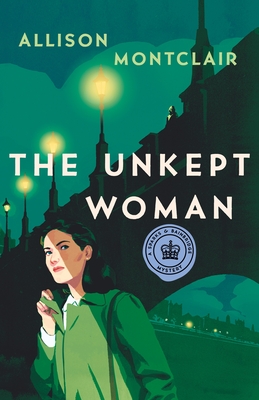 The Unkept Woman (Sparks & Bainbridge, #4) by
The Unkept Woman (Sparks & Bainbridge, #4) by 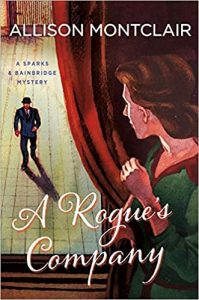 The title of this one, just like the previous book in the series,
The title of this one, just like the previous book in the series, 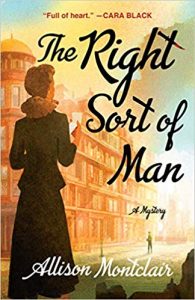 So one side of this story is very much a spy thriller, as Iris has to use all of her old tradecraft to hunt down who really done it and why. Meanwhile, Gwen is demonstrating that she’s learned more from Iris than even she expected, and that she’s more than capable of fighting any corner she has to – even if she has to assault the police to get them to listen to her.
So one side of this story is very much a spy thriller, as Iris has to use all of her old tradecraft to hunt down who really done it and why. Meanwhile, Gwen is demonstrating that she’s learned more from Iris than even she expected, and that she’s more than capable of fighting any corner she has to – even if she has to assault the police to get them to listen to her.